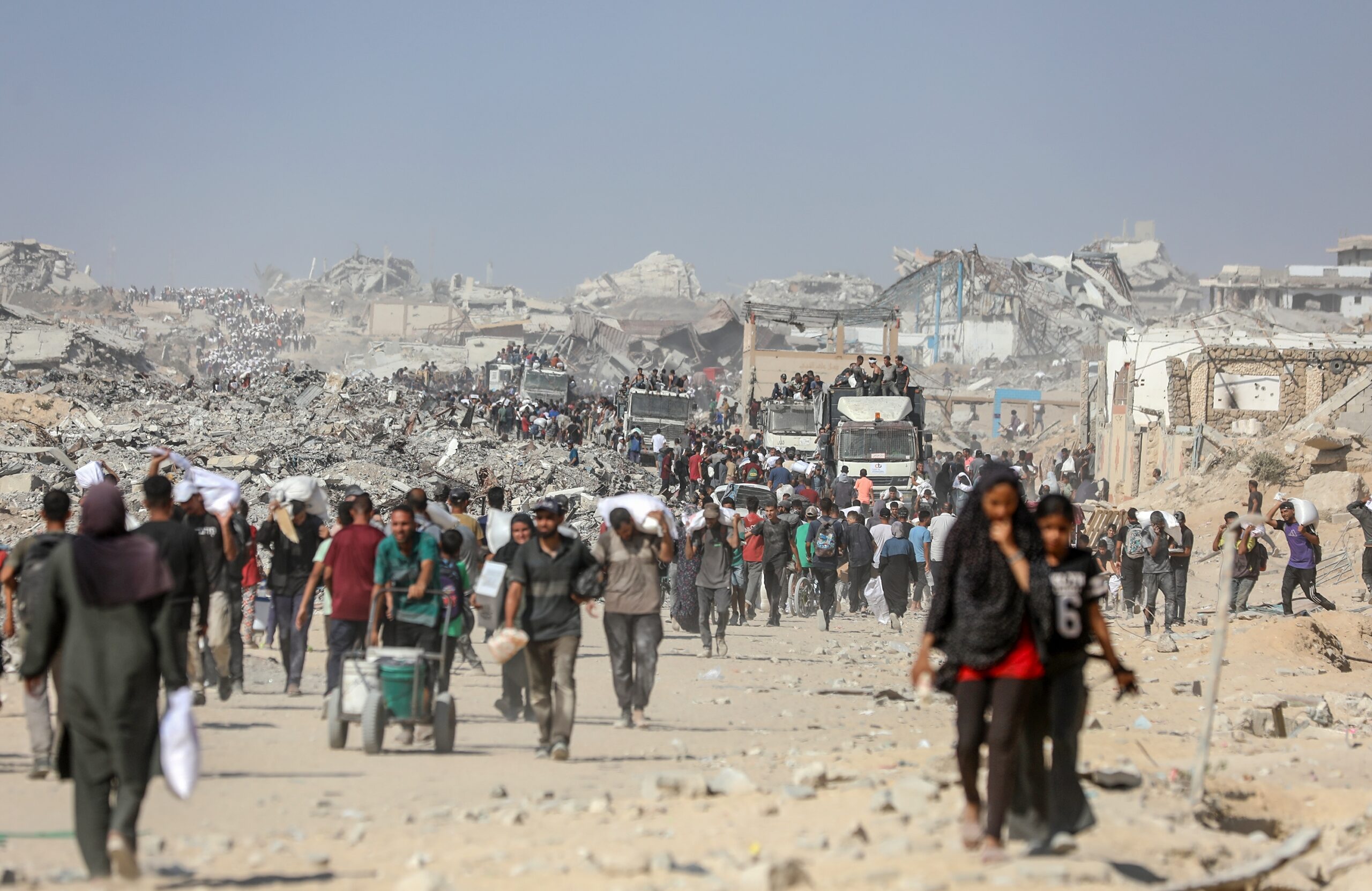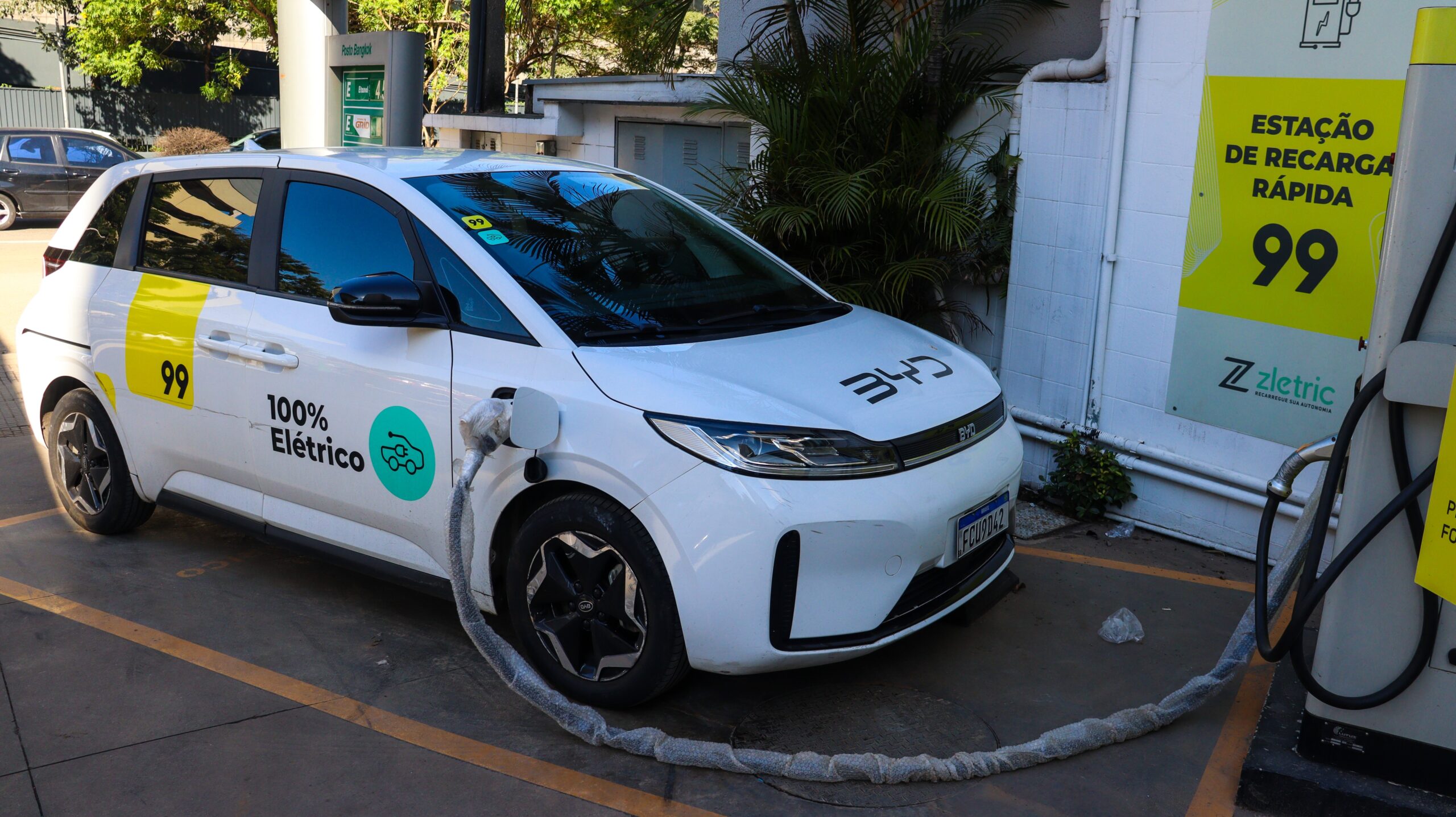The newly signed Pandemic Agreement by the World Health Assembly represents a leap of faith that lessons from COVID-19 can drive stronger cooperation in the next pandemic. However, stumbling blocks remain.
In March 2020 the first pandemic of the 21st-century was declared by the World Health Organisation (WHO). The COVID-19 pandemic exerted an immense toll across the world. It highlighted gross inequalities and serious fractures in public trust of governments and scientists. The interventions adopted to stem the loss of life were immensely complex steps, often into the unknown. Measures to contain the virus had to be balanced against the economic losses, children’s development needs, the safety of women and others for whom staying home was unsafe, and the need to rapidly produce vaccines and treatments. States have not yet recovered from the realpolitik of COVID-19: border closures, vaccine hoarding, bilateral deals, and the power of private pharmaceutical companies to determine when the pandemic ended for each country are still occurring.
The WHO Director-General Dr Tedros Adhanom Ghebreyesus made an audacious bet on multilateralism in late 2020 when he decided to support a proposed pandemic agreement. Calls for an international agreement were spurred by concerns about the lack of coordinated action and guidelines for pandemic planning, prevention, and response. Rather than having to make it up as states go along each time, the belief was that the experience of COVID-19 should provide insight into the international coordination structure that will be required for future pandemics. States can, if they want, cooperate, share, and mitigate the burden.
Its pathway to adoption was not smooth, taking three years from the decision by the World Health Assembly to draft an agreement. The endeavour nearly failed more than once due to serious differences over the main focus. For some countries, any pandemic agreement had to address the gross inequalities in technology research and development that COVID-19 had exposed. For others, the agreement had to be about building preventive capacity in healthcare systems to improve detection and response. There were also the spoilers, the US and Russia chief among them, who did not want the agreement to succeed at all. Yet, on 22 May 2025, the World Health Assembly adopted WHO’s second international legal agreement to be negotiated under Article 19 of the 1948 WHO Constitution (the first is the WHO Framework Convention on Tobacco Control).
Does the adoption of a pandemic agreement by the World Health Assembly (WHA) mark a new chapter for international cooperation? First, let’s outline what the Pandemic Agreement entails. Signatories will enact laws, policy, and processes to prevent pandemics through national laws that mitigate outbreaks and detect them quickly through surveillance; invest in “resilient” social and health system capacities “as appropriate”; support technology transfer, pathogen access, and benefit-sharing for pandemic related health products (more on this below); invest in international support arrangements; and guide the governance and role of WHO during a pandemic. Specific inclusions include “One Health” (Article 5)—defined as a commitment to pandemic prevention that requires health, animal, and environmental sectors to collaborate; local production of pandemic related health products (Article 10); and the establishment of a sustainable financing mechanism to “support strengthening and expanding capacities for pandemic prevention, preparedness and response, and contribute to the prompt availability of surge financing response necessary as of day zero, particularly in developing country Parties” (Article 18). The Pandemic Agreement is the outcome of group activism—124 states ultimately adopted the agreement, some of whom have been vital players in recent negations led by Co-Chairs Ms Precious Matsoso (South Africa) and Ambassador Anne-Claire Amprou (France), with Vice-Chairs Ambassador Tovar da Silva Nunes (Brazil), Ambassador Amr Ramadan (Egypt), Dr Viroj Tangcharoensathein (Thailand), and Ms Fleur Davies (Australia).
However, stumbling blocks remain. The Pandemic Agreement will not be open for signature until the process to draft a Pathogen Access and Benefit Sharing system (PABS) outlined in Article 12 is agreed to and adopted at next year’s WHA. There are potential choke points in this crucial Article since it has to balance the demands of states that want to preserve sovereign rights over biological resources, anticipate pharmaceutical companies’ interests, and secure benefit sharing conditions for developing countries in the event of another pandemic.
Even with these issues unresolved, the Pandemic Agreement is a leap of faith in the hope that lessons from COVID-19 can drive stronger cooperation in the next pandemic. It is a leap of faith because in the event of another pandemic, we don’t know what the cause will be or whether current pharmaceutical measures will be effective. Neither states nor pharmaceutical companies knew prior to COVID-19 that the first pandemic of the 21st century was going to be a coronavirus not an influenza. If states sign the Pandemic Agreement (when it is open for signatures, 60 state signatures are required for the Agreement to come into force and states have the option to decide what within the Agreement they will ratify), they will do so in the hope that others do likewise and, in so doing, intend to cooperate and engage in the process outlined in the Agreement. None of that is guaranteed.
Many will no doubt rush to judge the Pandemic Agreement at its point of adoption: to argue out its benefits or weaknesses. While the real test is yet to come, getting states to agree in the first place was a diplomatic accomplishment. Yet that also means that this Agreement is necessarily a product of its political time. Some governments, to be sure, happily approved of the Pandemic Agreement in the knowledge that its adoption is not what the US or Russian governments wanted. Their absence will make implementation difficult. China’s position has been nuanced, it has supported the agreement, particularly the technology transfer inclusions but also sought to limit the scope of information sharing “burdens.”
There are many small and middle income countries hoping that this Pandemic Agreement drives investment in sustainable local research and technology production. The Agreement won’t by itself improve the prevention and response to future pandemics, but it will create a language and framework for future cooperation, a shared platform on which states can build. That in itself would be an important outcome, particularly in the face of the challenging environment in which it was created. What an agreement such as this provides is proof of concept: enough states have agreed to the fact that there is deep uncertainty and unfairness in the current global health system. This agreement outlines where and how states might start to prepare, prevent, and respond to an outbreak that is threatening the lives of a population, healthcare workers, and neighbouring citizens. It is imperfect. It was always going to be. Will it help when the next pandemic comes? We don’t know. But we do know that from this month forward we have a common framework agreed to by 124 states and that’s something we didn’t have when COVID-19 first struck the world.
Professor Sara E Davies is Project Lead for the ACIAR funded ACIAR Indo-Pacific Initiative for Sustainable Animal Health Cooperation (IPI-SAHC). She is also Deputy Director (Indo-Pacific Research) ARC Centre of Excellence for the Elimination of Violence Against Women (CEVAW).
Disclaimer: Sara E Davies is a member on the WHO Technical Advisory Group on Health, Migration and Displacement.
This article is published under a Creative Commons License and may be republished with attribution.




